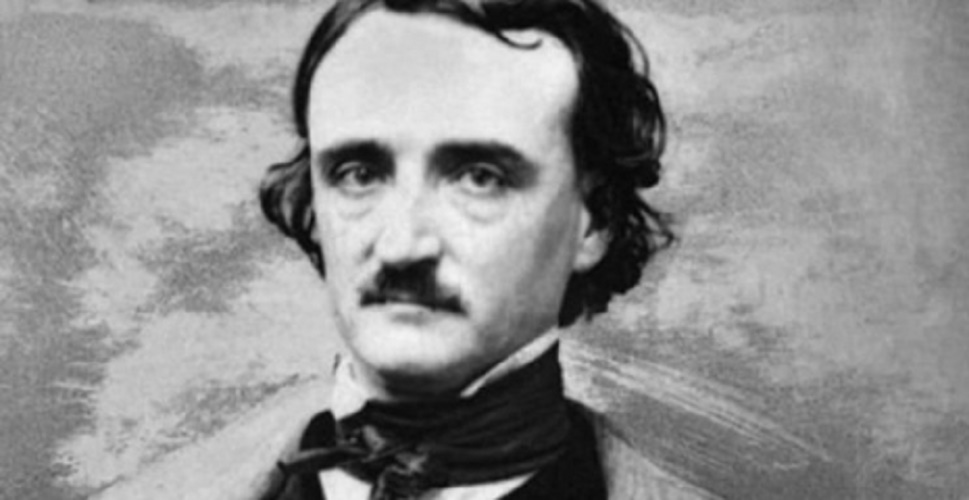What is romanticism?
We explain what is Romanticism? when and how this artistic movement began. In addition, the themes of Romanticism.
-
What is romanticism?
Romanticism is the artistic, cultural and literary movement that occurred at the end of the 18th century in England and Germany, later extending to other countries in Europe and America.
Romanticism breaks with the ideas of Enlightenment and Neoclassicism. Do not confuse the term “romantic” with its current meaning of romance , but refers to the emotion that awakens the wild spaces, nature and melancholy that generates, as well as the incredible and implausible. The term was taken as opposed to the classic, especially in literature .
In the field of classical music Romanticism marked a before and after, beginning with Beethoven in Germany and continuing with Carl Maria von Weber and Féliz Mendelssohn. The type of music is novel and imaginative .
-
When does Romanticism begin?

It is considered the beginning of Romanticism the Lyrical Ballads of William Wordsworth and Samuel Coleridge, in the year 1798 . Some authors, however, consider that it began a decade earlier. Writers featured within English Romanticism are also John Keats, Charles Lamb, Percy Byssche Shelley and Sir Walter Scott.
In Germany Romanticism arose from the hand of Johann Wolfgang von Goethe, Clemens Brentano and the Grimm brothers . Within the scope of philosophy are the names of philosophers Johann Friedriche Schelling, Gottlieb Fitchte, Georg Wilhelm Friedrich Hegel, and Immanuel Kant.
After the French Revolution in 1789, Romanticism entered France with authors such as François-René de Chateaubriand, Alexandre Dumas, Théophile Gautier and Victor Hugo. The latter wrote the preface to Cromwell (work written in 1827) that was taken as a manifesto of the romantic movement.
Romanticism arrived in the United States with Edgar Allan Poe, James Fenimore Cooper and Washington Irving.
In Spain it had its peak around 1830, but it was a short period since in 1840 there was already talk of Realism . Among the most prominent exponents of Romanticism in Spain we can mention Mariano José de Larra, Enrique Gil y Carrasco, Gustavo Adolfo Bécquer, and so on.
In Latin America this movement came as a form of indigenism and the national past as an important issue. The authors who stand out within the movement in Latin America are Esteban Echeverría, Andrés Bello and José Mármol , among others.
-
Romantic themes
- The exaltation of the self , individualism and subjectivism in art. Man is interested in his interior and speaks of the psychology of man and his unconscious. It begins to take individual taste and not universal beauty.
- The rebel hero, idealist, hipster and dreamer .
- The melancholy as a reflection of an inner break.
- The disappointment : the romantics reject their time and feel that life is unfair and fleeting.
- The evasion : the romantics tend to the evasion like means of escape of that life of disenchantment. That’s why they like the Gothic, the exotic and the medieval ruins.
- The wild and hostile nature : no longer writes about the Shrew nature of Neoclassicism, but writes about forests , landscapes and mountains raging. For the romantic man, Nature is an organic and living whole.
- The Freedom : especially in poetic forms, the poet is no longer tied to the strict laws of classical metric. The originality is essential and creativity in literature imitation and static Neoclassicism.
- The love and death : the romantic appreciates the love for love itself but also reminds the finiteness of life and proximity of death .
- The poet is a demiurge , that is, he is creator.
- The unfinished and imperfect work is better than the closed and finished work.





